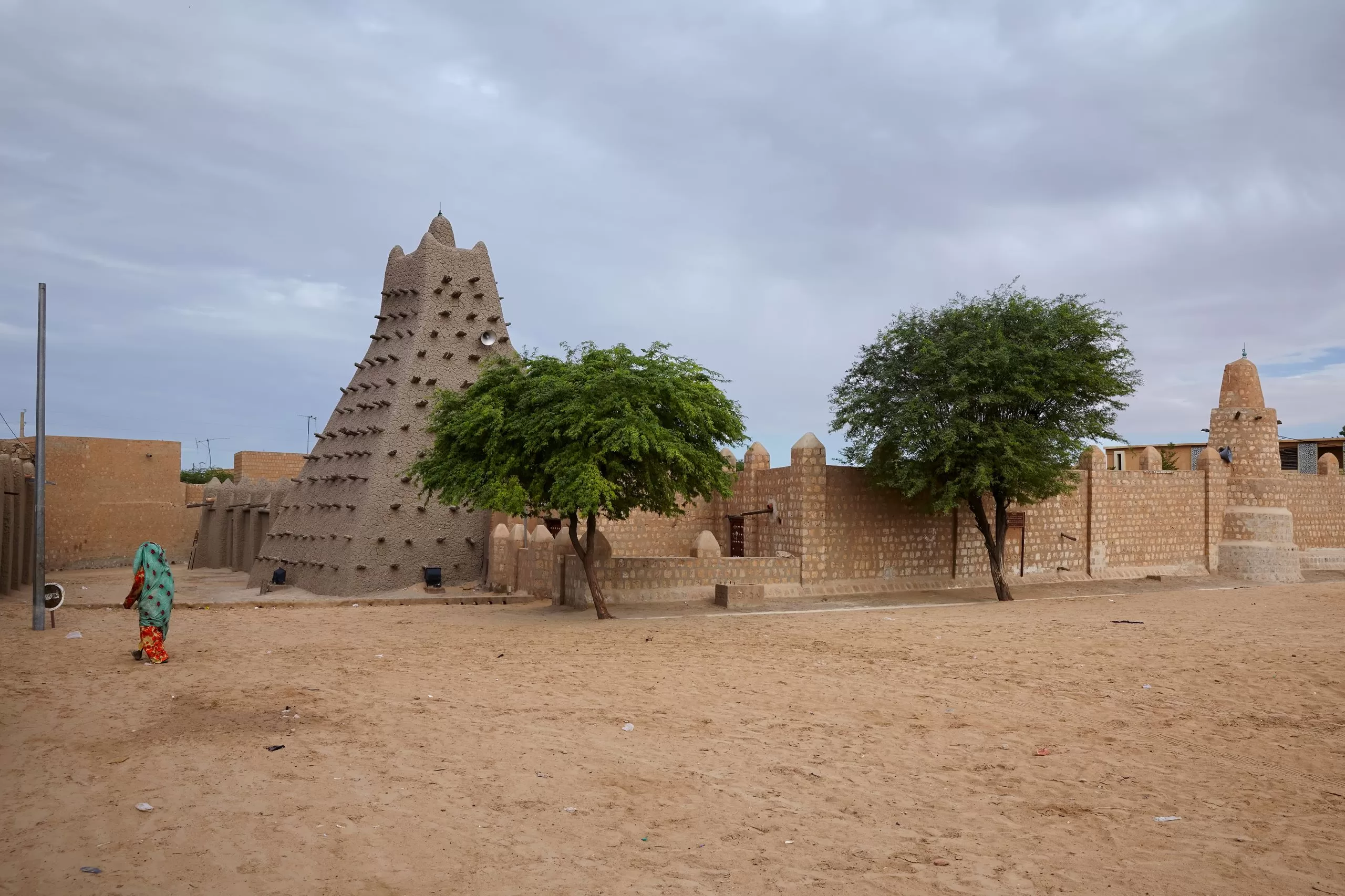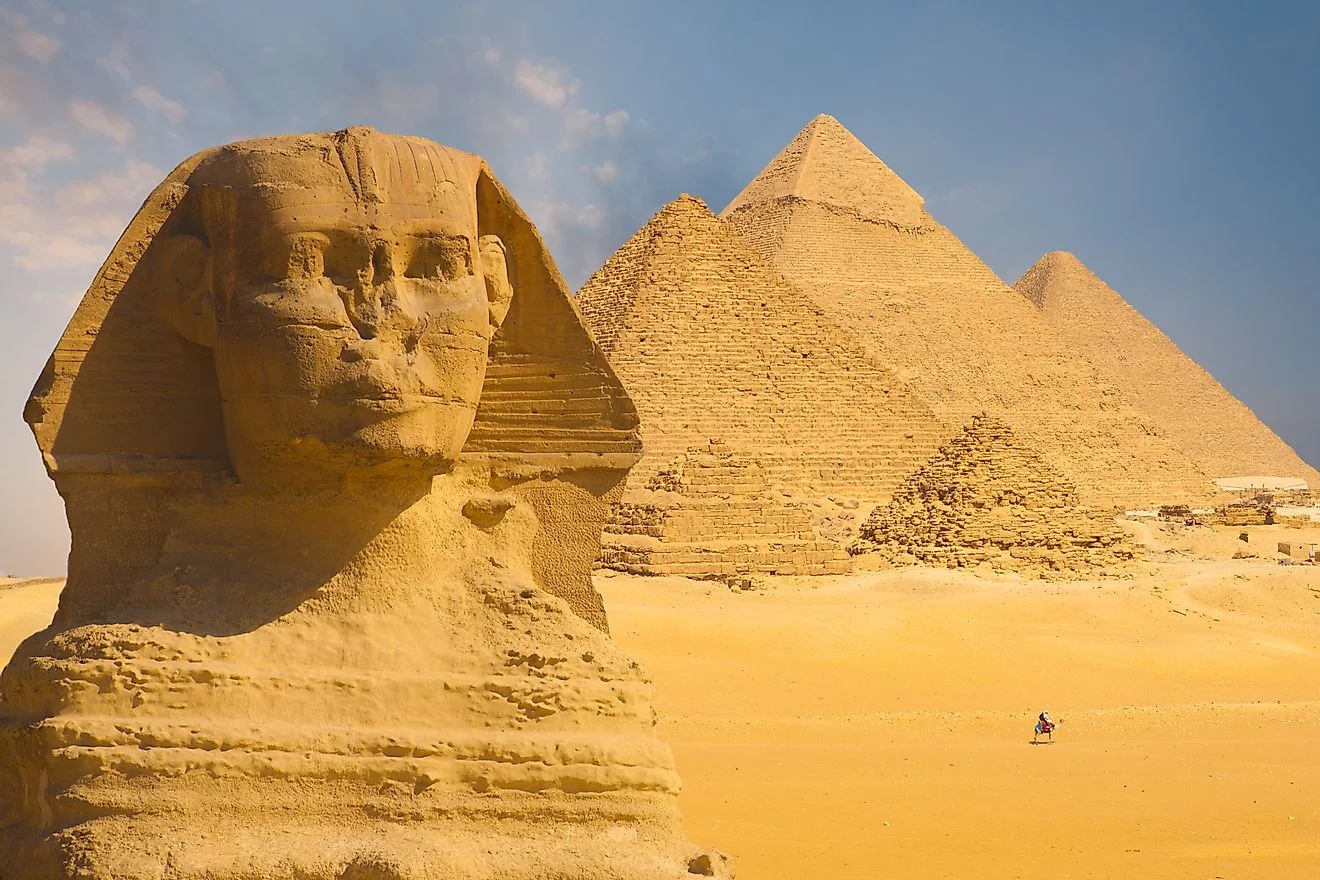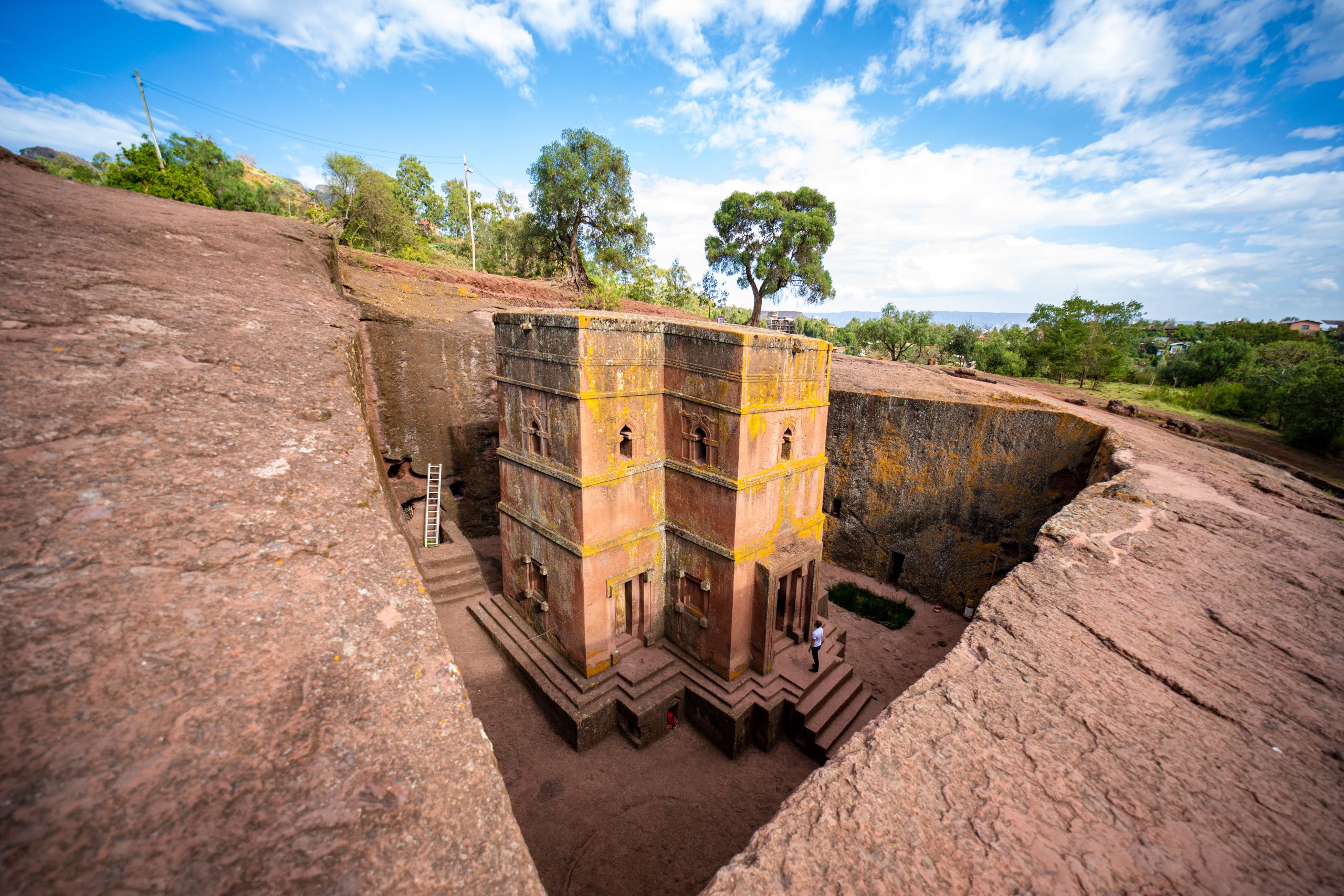Africa is a continent brimming with history, culture, and landscapes that tell tales of ancient civilisations, architectural marvels, and resilience through the ages. These top five historic sites are must-visit locations for any traveller seeking to delve into the continent’s past.
Timbuktu, Mali
Timbuktu, once a bustling centre of learning and commerce, remains a name synonymous with the mysterious and the exotic. Situated on the edge of the Sahara Desert, this ancient Malian city was a vital crossroads for traders in gold, salt, and manuscripts. At its height in the 15th and 16th centuries, Timbuktu was a centre of Islamic scholarship and boasted institutions such as the University of Sankoré, which housed an extensive collection of manuscripts covering science, philosophy, and art. Today, visitors can explore the mosques of Djinguereber, Sankoré, and Sidi Yahya, along with libraries containing ancient manuscripts. Despite being off the beaten path, Timbuktu offers a rare glimpse into Africa’s intellectual history and is a reminder of the continent’s role in global scholarship and culture.

Robben Island, South Africa
Robben Island, located off the coast of Cape Town, holds profound historical significance as the place where Nelson Mandela and other political prisoners were imprisoned during apartheid. Declared a UNESCO World Heritage Site, Robben Island is now a living museum, telling stories of courage, sacrifice, and the triumph of the human spirit. A visit to Robben Island includes a guided tour by former prisoners who share firsthand accounts of life during apartheid. The tour typically includes a stop at Nelson Mandela’s cell, where he spent 18 of his 27 years in captivity. Robben Island is a powerful symbol of the fight for justice and equality, and it remains a poignant destination that resonates deeply with visitors.

The Pyramids of Giza, Egypt
The Pyramids of Giza, a wonder of the ancient world, is a site that needs little introduction. These iconic pyramids, built around 4,500 years ago, are testament to Egypt’s grand past and the incredible feats of its civilisation. Located on the outskirts of Cairo, the Giza complex consists of three primary pyramids—the Great Pyramid of Khufu, the Pyramid of Khafre, and the Pyramid of Menkaure—alongside the Sphinx, a colossal half-lion, half-human statue guarding the tombs. What makes the Pyramids of Giza even more extraordinary is the precise engineering that continues to baffle scientists and historians alike.

Great Zimbabwe Ruins, Zimbabwe
The Great Zimbabwe Ruins stand as an enduring symbol of Africa’s architectural prowess and complex societies. This ancient city, built between the 11th and 15th centuries, was once a thriving trade centre, boasting remarkable structures made from precisely carved granite blocks, without the use of mortar. The ruins are located near Masvingo, Zimbabwe, and are one of Africa’s largest stone ruins south of the Sahara. These ruins, spread across 722 hectares, are a UNESCO World Heritage Site and are comprised of impressive stone walls, towers, and enclosures.

Rock-Hewn Churches of Lalibela, Ethiopia
Nestled in the Ethiopian highlands, the Rock-Hewn Churches of Lalibela are an architectural wonder that continues to inspire visitors from around the world. Carved directly into the rock, these eleven monolithic churches were commissioned by King Lalibela in the 12th century as a “New Jerusalem” for Christian pilgrims. Today, the churches remain an active place of worship and a UNESCO World Heritage Site.

Africa’s historic sites offer a journey through time, taking visitors from ancient civilisations to places of deep spiritual and political significance. These top five historic places not only highlight Africa’s rich heritage but also serve as reminders of the continent’s lasting impact on world history. So, if you’re planning a trip to Africa, these destinations should undoubtedly be on your itinerary.


